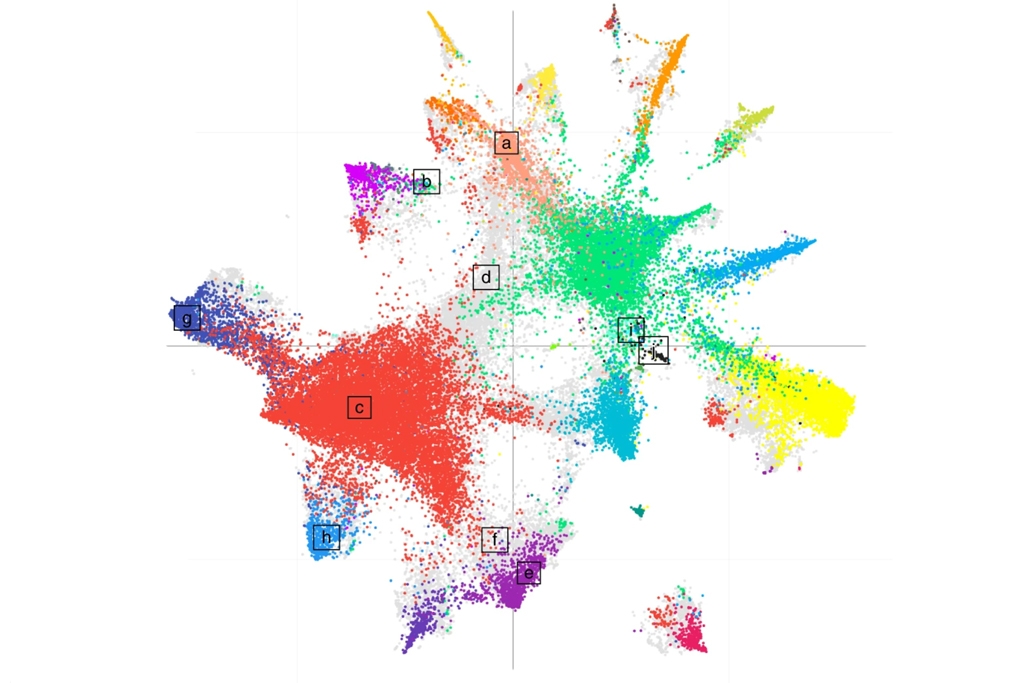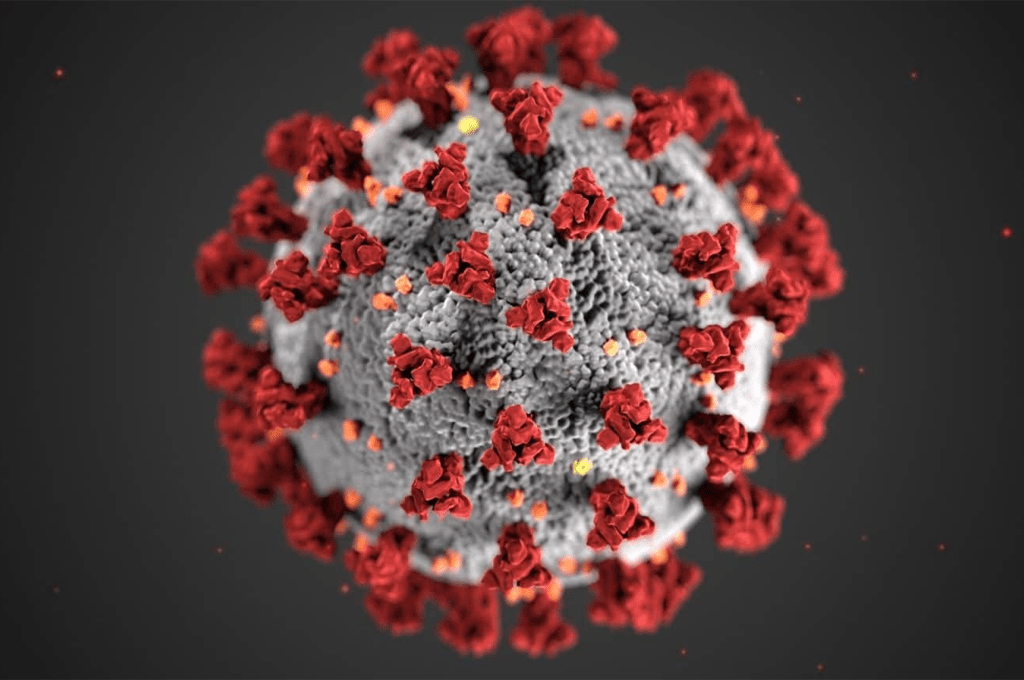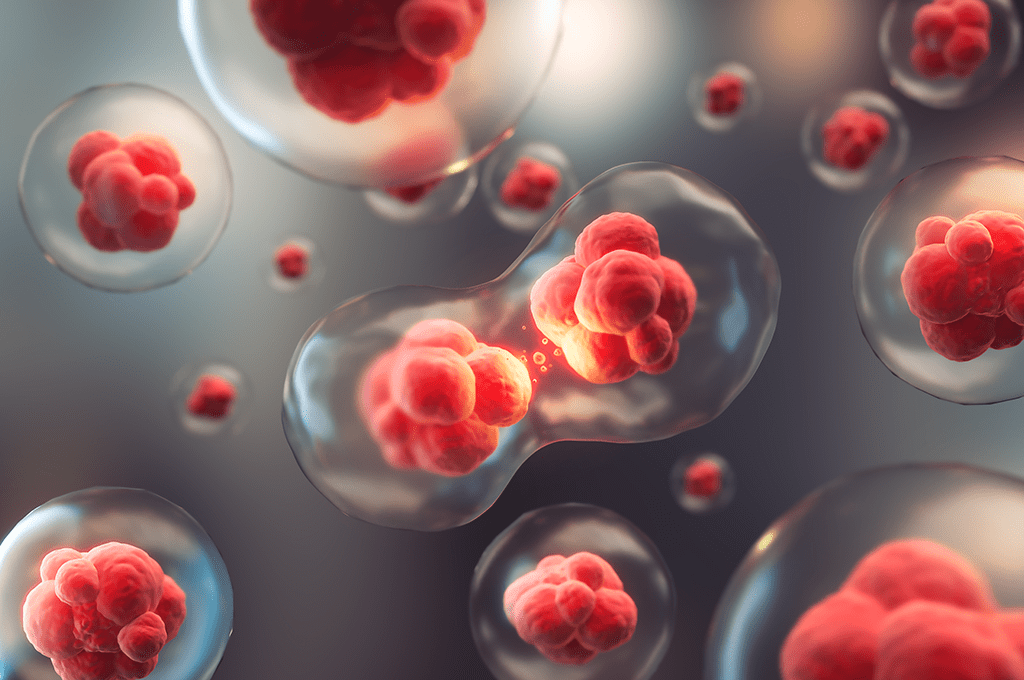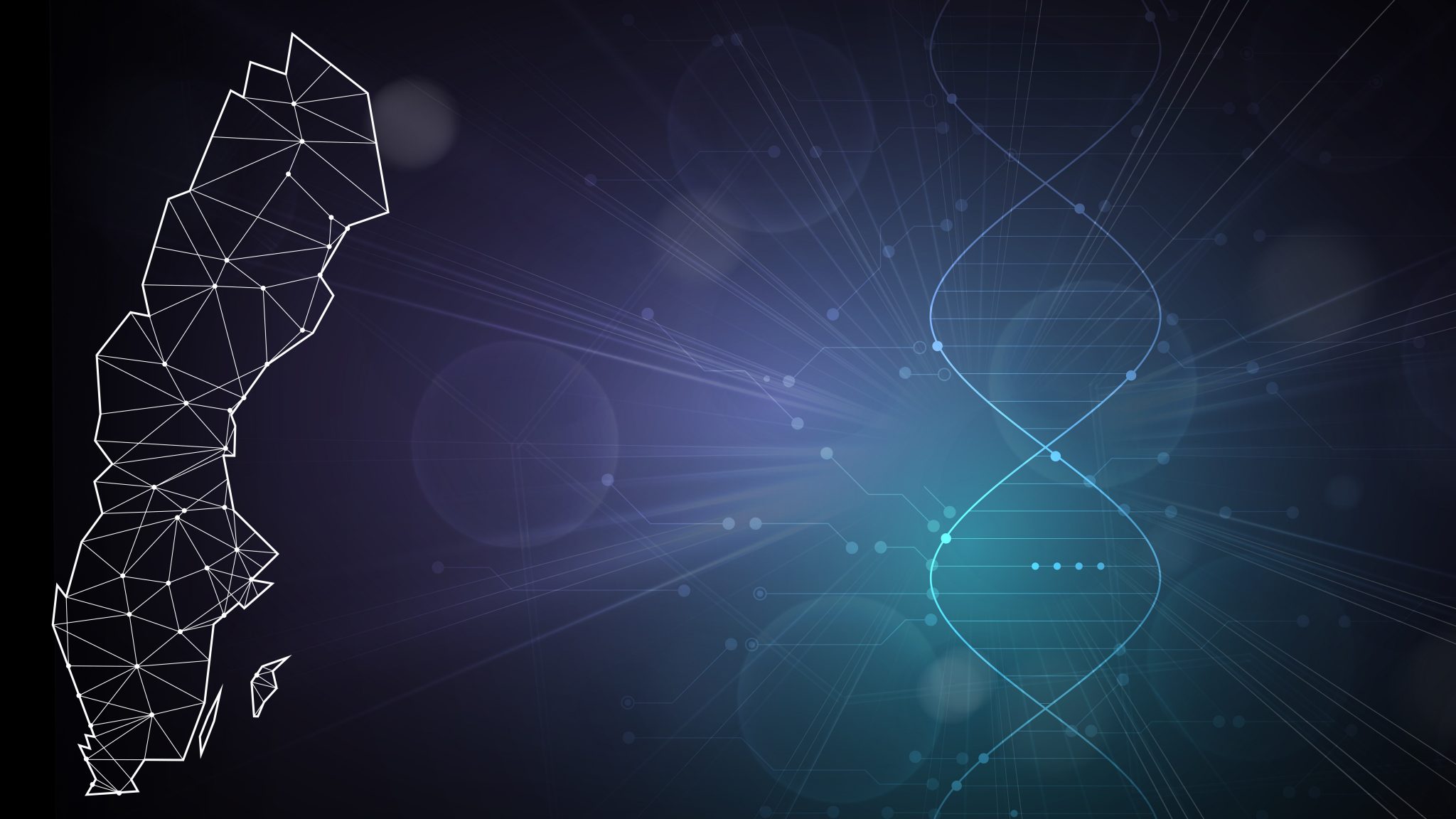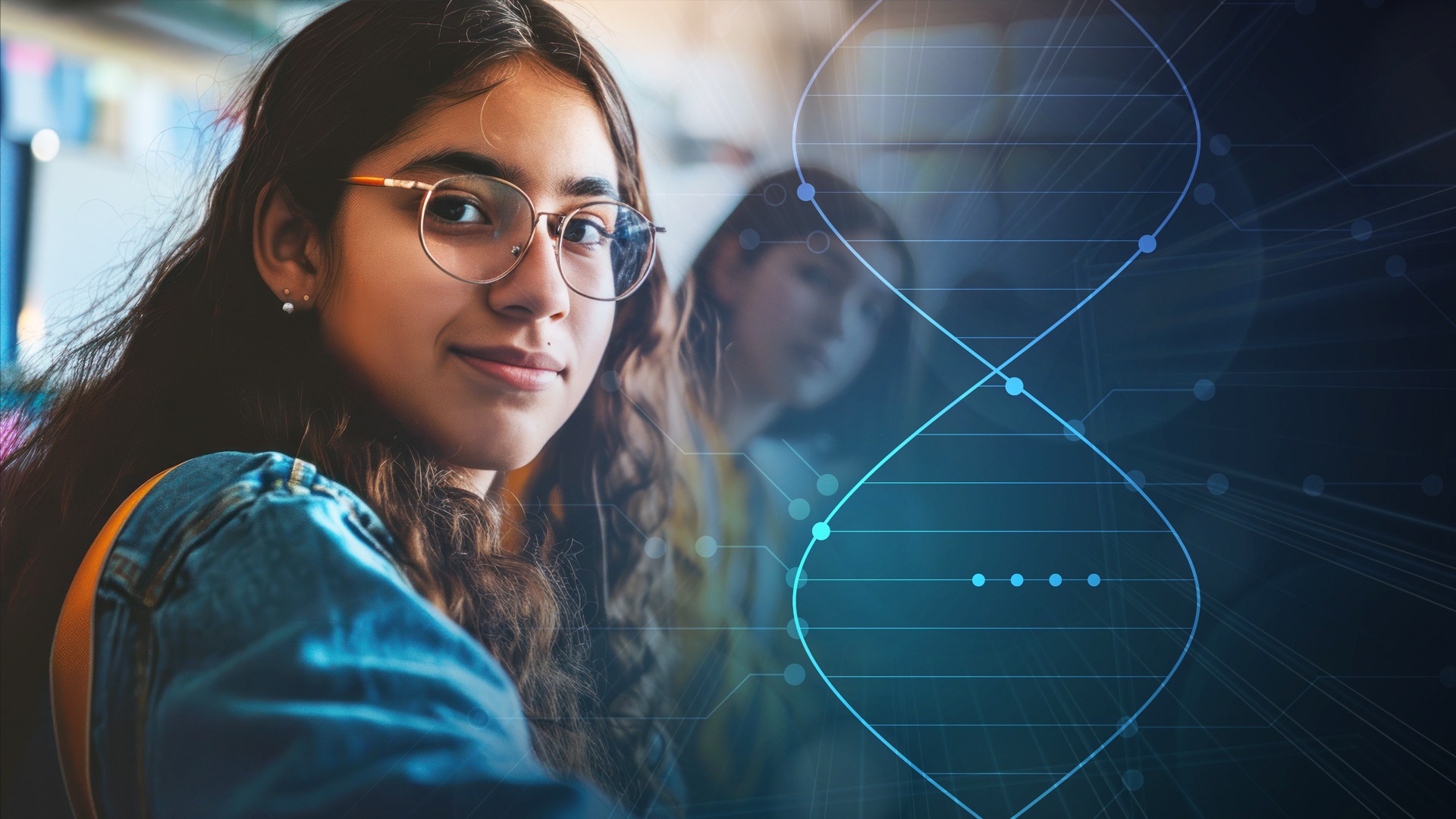AI solutions crowd-sourced for the Human Protein Atlas
SciLifeLab researchers, led by Emma Lundberg (SciLifeLab/KTH), organized a competition called the Human Protein Atlas (HPA) Image Classification competition in the beginning of 2019. Users of the Kaggle platform – an online community of data scientists and machine learners – were challenged with the task of creating algorithms capable of classifying sub-cellular proteins from fluorescence microscopy images. The results were published in Nature Methods where all of the successful AI-powered solutions were summarized.
Over the 3-month period, more than 2,000 teams from all over the world participated in the competition. The participants created many high performance algorithms and the top ranking solution managed to achieve a 20 percent better score than the previous record held by the cell profiling group. The top 4 teams were awarded with a cash prize of 37,000 USD, in total.
All the top teams used artificial neural networks, also known as deep learning which powers the current advancement of Artificial Intelligence in many fields. Surprisingly, most participants (none in the winning teams) did not have a background in Life Science and they had little or no experience with cellular microscopy images.
The new AI algorithms could help researchers, working with the HPA Cell atlas, to improve the annotation of protein images, making the workflow faster and more reproducible. In addition, they open up novel avenues for quantification of spatial information for building novel computational representations of cells as complex systems.
“We have been putting a lot of effort in the challenge design and result analysis afterwards. It shows a different way of engaging talented people from completely different fields. The combination of a big dataset and AI algorithms makes it possible to perform complex tasks with little or no domain knowledge. While the produced models are useful for the community, we also hope our unique image dataset can be used by more people as a benchmark image dataset for developing new algorithms” says Emma Lundberg.
The paper was published in Nature Methods, with a focus on deep learning in microscopy.
Further reading: Behind the HPA Image Classification Competition
